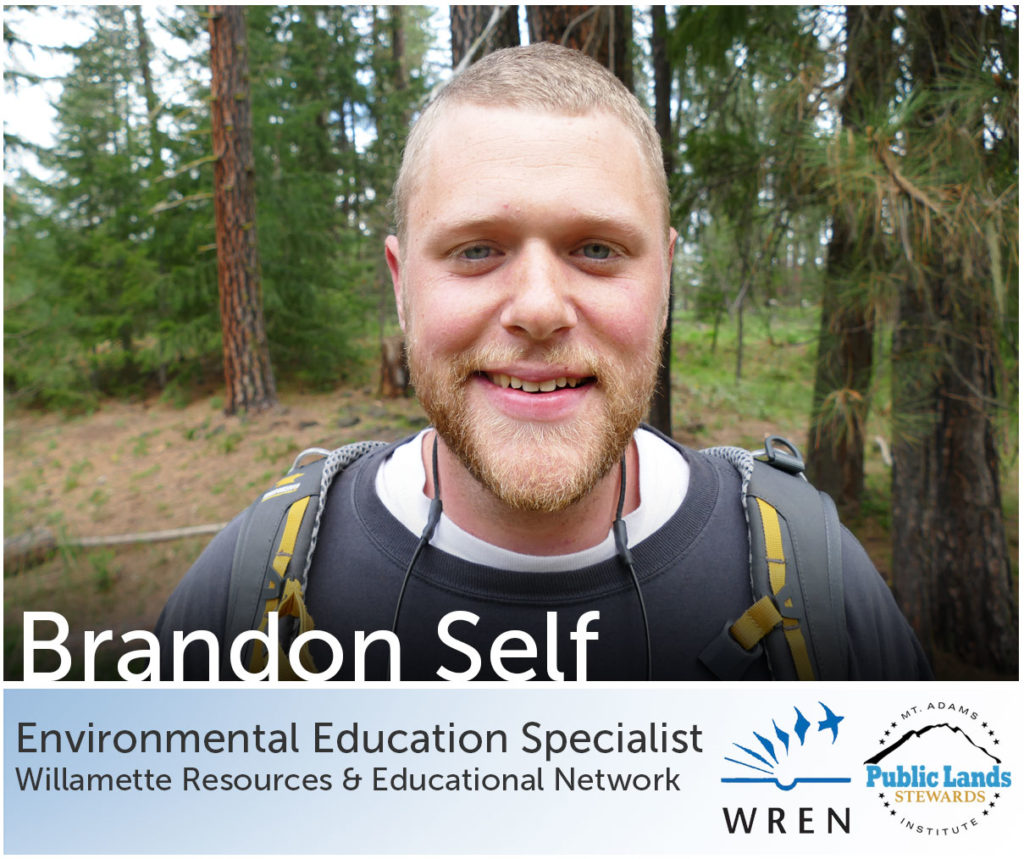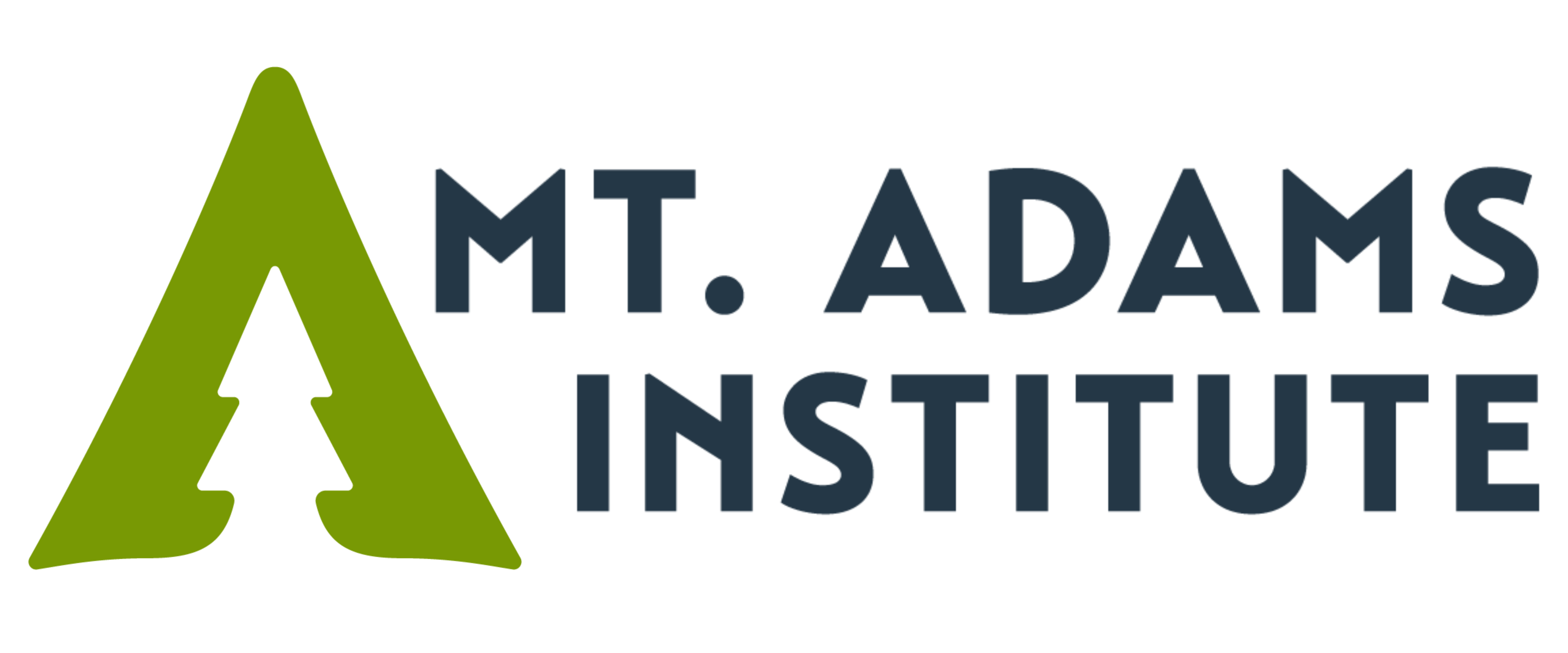
This is my second and final post for the Public Lands Stewards program with Mt. Adams Institute. Through this experience, I have gained a great appreciation and insight to the work that is done to maintain our lands. This experience working with the Willamette Resources and Education Network (WREN) has shown me that it takes multiple agencies to accomplish educating the public while conserving the lands we take for granted each and every day. For example, the main project that I was involved in was working with the North West Youth Corps, which consisted of a group of 15-18 year old kids. The students gained science credits and a small stipend for working over a 5 week period with the Bureau of Land Management (BLM), the Nature Conservancy, and the city of Eugene to control invasive species on wetland ecosystems.
WREN’s role was to provide an educational piece to the kids each week that covered topics that ranged from why wetlands are important, what are native vs. non-native s vs. invasive species characteristics, and how disturbances and management strategies impact ecosystems to show the kids how these different agencies work to preserve wetland ecosystems. The goal was focused on removing invasive species upon wetland ecosystems which included scotch broom (Cytisus scoparius), Oregon ash (Fraxinus latifolia), Teasel (Dipsacus) and Tansy ragwort (Jacobaea vulgaris) to preserve open wet prairie ecosystems. Historically, the Willamette valley was comprised of wetland habitats that consisted of vast open wet prairies from Eugene to Portland and was bordered by the Coast Range and Cascades that consisted of coniferous trees. Through time, these wetlands that made up the Willamette valley have seen encroachment by different coniferous species that limit the growth of oak savannas that also were a common ecosystem during Native American regimes.
Wetlands in the Willamette valley have been severely fragmented due to agriculture, urbanization, and dams that alter the flows of tributaries entering the Willamette River. This is devastating because many rare and endangered local species such as the Fender’s blue butterfly and Willamette Daisy have seen a habitat decline due to anthropogenic causes. This was one of the reasons we were working on removal of invasive species that limit habitat range. Threatened species such as the Fender’s blue butterfly rely on the Kincaid Lupine as a host plant, which only lives in wet open prairies and has a hard time competing with species such as scotch broom, Himalayan blackberries, and tansy ragwort due to their fast reproduction rates. In addition to providing the group each week with an educational opportunity, WREN also provided weekly interviews to gain a sense of how the kids were feeling about the project.
Interviewing the kids was a great way to gain insight, and a common response from the crew was that they found gratification in removing invasive species in wetland ecosystems even when the work was very hard and the weather was hot and dusty. It was rewarding to watch the kids grow from the first week where you could sense they were thinking, “why are we doing this”, but after the education lessons and working with the Nature Conservancy, BLM, and the city of Eugene they were beginning to see how each entity worked differently and how this impacted land management decisions. It was encouraging to engage with the youth and to watch the growth that they made over the 5 week period where they became true land stewards and can pass on the true meaning of environmental awareness to the next generation.

